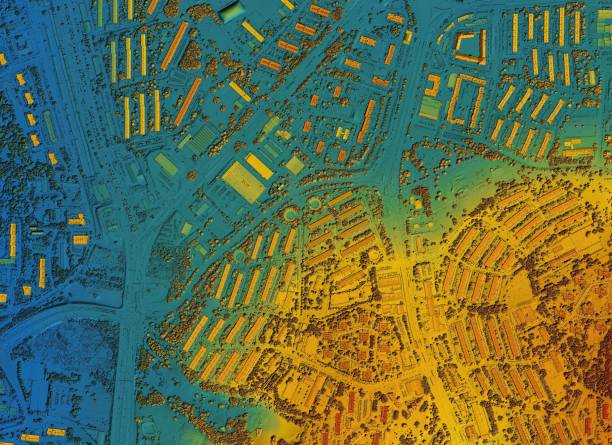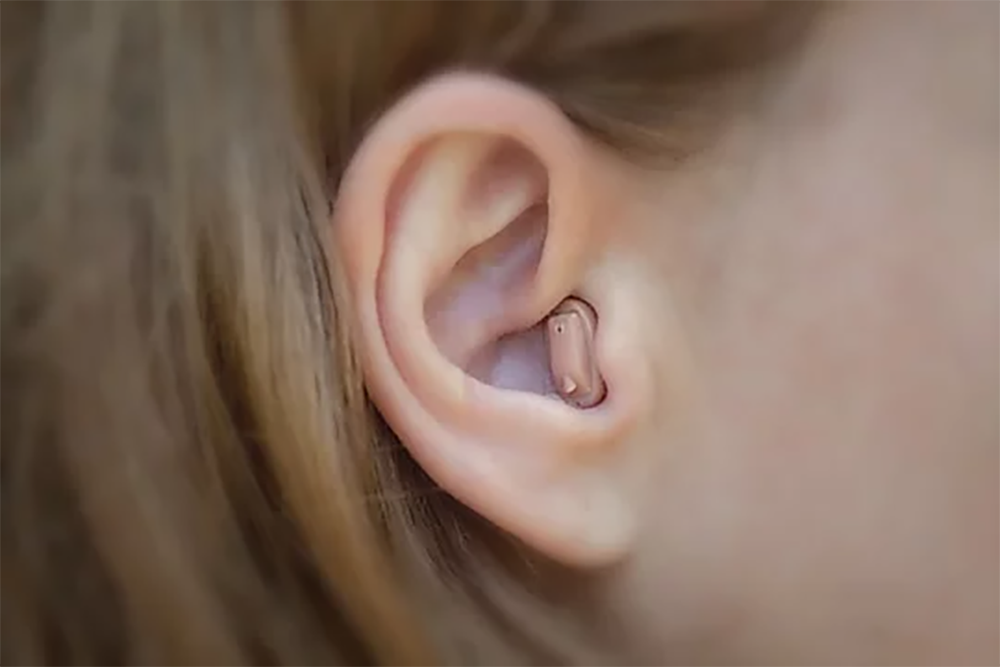"Navigating the Uncharted Terrain of Affordable Lidar Sensors"
The world of technology is ever-evolving, each day bringing forth a new frontier of discovery and innovation. A technology that has been quietly revolutionizing fields like autonomous vehicles, robotics, and even smartphones is the Lidar sensor. Lidar, an acronym for Light Detection and Ranging, is a method of measuring distances by illuminating the target with laser light and measuring the reflection with a sensor. Although Lidar technology has been around since the 1960s, the recent surge in its use and demand has brought it into the limelight.

A Leap into the Past
Lidar technology was first developed in the early 1960s, shortly after the invention of the laser. Initially used in meteorology to measure clouds and pollution, it was later adopted by the military for terrain mapping. NASA also utilized Lidar extensively for space exploration. However, it was the technological advancements in the 21st century that truly opened up the potential of Lidar. The development of solid-state Lidar and advancements in data processing technology have made Lidar a viable tool for a wide range of applications.
Lidar in Today’s Tech Landscape
Lidar has found its most notable application in autonomous vehicles. Companies like Waymo and Uber are extensively using Lidar for obstacle detection and navigation. Lidar is also being used in the field of archaeology for creating high-resolution digital elevation models of landscapes and even in smartphones, like the iPhone 12 Pro, for improved depth perception in photos.
Affordable Lidar: A Game Changer?
The biggest challenge for Lidar has been its cost. Early Lidar systems used in autonomous vehicles cost upwards of $75,000, making them impractical for widespread use. However, recent developments have led to a significant reduction in the cost of Lidar sensors. Companies like Velodyne have launched solid-state Lidar sensors priced under $100, dramatically widening the potential market for Lidar technology.
The Market Impact
The proliferation of affordable Lidar sensors could have a major impact on several markets. The automotive industry, especially the autonomous vehicle sector, could be the biggest beneficiary. Low-cost Lidar could accelerate the development and deployment of autonomous vehicles. Similarly, the consumer electronics market could also see a surge in products incorporating Lidar technology.
The Road Ahead
With the cost barrier gradually coming down, the future of Lidar looks promising. The technology is still in its early adoption stage, and the potential applications are vast. From self-driving cars to drones, from smartphones to smart homes, the possibilities of using Lidar are exciting and endless.
The availability of affordable Lidar sensors is a significant step towards a future where technology is more aware of its surroundings, paving the way for innovations that were once considered sci-fi. The journey of Lidar, from being a high-cost niche technology to becoming an affordable tool for innovation, is a testament to the relentless pursuit of progress in the tech world.




